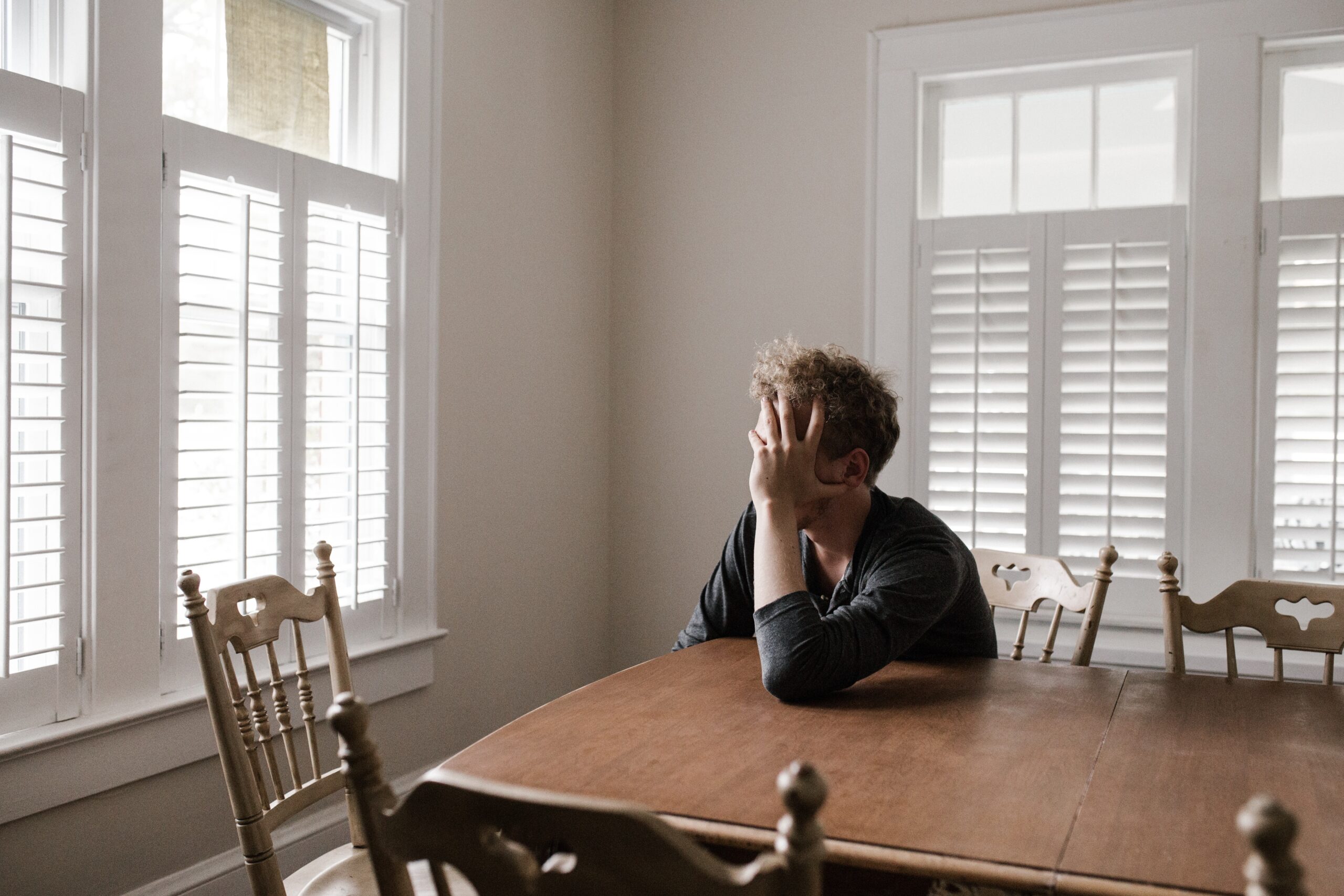In the course of our life, we have collected a number of emotional and psychological trauma in conflicts with other people. These emotional and psychological traumas are parts of our past, and they are often unconscious. Their effects are, however, real: usually these emotional and psychological traumas are in the background of the fluctuation of our emotions, negative moods and the–often apparently unexplainable–emotional outbursts. These moods may easily take control over our behavior, inveigling us into actions that we later regret or are ashamed of. Is it possible to heal these emotional and psychological traumas, and if yes, how? We are able to cure the psychological traumas through a process of five steps.
Step 1: Understanding
In the process of emotional healing, the first step is the most important, since understanding is essential for a real change. During our life, we often tell others–or ourselves–that, ”I know how I should behave, but I cannot do it. I know what is right, and I still do something else again and again. I am simply unable to change.” The point is that it is in itself not sufficient to know how to behave properly. Knowledge and real comprehension are two different things. For a real change, thorough comprehension is required.
We need to understand that in the background of our apparently unchangeable patterns of behavior, there are our mental wounds, acquired in the past. These mental wounds have by now sunk into the unconscious. Unlike the physical wounds on our body, these mental wounds never heal. The patterns of behavior fueled by our mental wounds are self-sustaining. For instance, we are apprehensive of our boss because (s)he talked us in a superior way in front of our colleagues. Then, after a while, the apprehension fades away, and we believe that our anger is gone. But our anger has not really vanished; for a while it had been conscious, but then it sunk in to the unconscious, to the depths of our soul. That is where it is waiting for its turn, to emerge to the surface again. It may not have to wait long, as when we return home from work, the behavior of our wife or children might trigger the re-appearence of the anger. We supply new strength, new intensity to our wrath, sustain it, and it will re-surface again and again in the rest of our life.
Step 2: Taking Responsibility
When we become angry about something or someone, we believe that the anger belongs to us, it is a part of our Ego. We then try to find some excuse for our behavior. Our most common explanation is that our anger was caused by the other person, or that it was the only possible behavior in the situation concerned. In this way, we reject responsibility, blame it on our environment, we try to find a scapegoat to blame for our behavior which is unacceptable even for ourselves. In the first step we realized that anger is caused by our mental injuries, the environment only provides a framework for that anger to charge itself with energy and break to the surface in us.
We shall only be able to achieve a real change in that respect if we realize that our grief, unhappiness, jealousy or anger, and our behavior related to these emotions, are almost always the consequences of some internal wound. We must therefore cease trying to find excuses for our behaviour all the time. We must take responsibility for our anger or unhappiness, and be aware that those are the products our our mental injuries.
Steps 3: Experience, Empathy
So as to be able to heal our internal wounds, we must become alert, and we must recognize the patterns of behavior that are rooted in internal wound, and we must shoulder the responsibility for that behavior.
When sadness, unhappiness, jealousy or anger crop up again in our lives, we should not turn our attention to our environment, in search of a reason for our behavior dictated by the negative emotions. Instead, concentrate on the specific emotion itself. For example, if we feel anger, let us experience that to the full. Let us completely see and experience what that emotion is like.
Step 4: Return
Once we have experienced the emotions of sorrow, unhappiness, jealousy or anger to the full, let us try to return to the past and find the root core of those emotions, the original internal wound that fuels that particular emotion. We might find a number of small wounds, but do not stop at the first one, try to dig deep and reveal the first wound. Examine how and under what circumstances that particular internal wound was made. We will be able to accomplish that, since our past is there with us, it exists in there, only unconsciously. We now intentionally bring those wounds to the light of Conscience.
The mental injury will open up for us. There is nothing we should do with that inner wound. All we need to do is be alert, watch with all our attention. We must not allow the Mind to start working in us, making judgments about the situation in which we received the wound. If the Mind begins to work, the process of blaming the responsibility on others will never cease, and the mental wound will never be healed in us. What is more, it will become even worse.
Whenever we have the opportunity, at the time of sadness, unhappiness, jealousy or anger, we should go back to our past. In this way we will be more and more experienced in detecting the mental wounds in the background of our negative emotions and unacceptable behaviour.
Step 5: Recovery
Let us watch in an alert state and without making judgments how a particular mental wound was made in us. By watching and being alert, we will recognize the conditioned patterns of the Mind, and that is the only way of disrupting them. We close down the past, and the way for real chances will open up.
When we consciously return to our own past, and look at a mental wound with full alertness, this alertness and Consciousness will turn into a healing force. An inner wound was not healed before because it had been made in ignorance and it remained there because of the lack of our alertness. The light of Consciousness is a remedy, it heals our mental injuries without us having to do anything else for the recovery.
When the alert Consciousness reaches a mental wound, the wound will be healed, it vanishes and disappears. With the disappearance of the wound the pattern of behaviour generated by that particular wound will also disappear. That is the beginning of real changes in our life, since not only our behavior changes, but we also return to one of the elementary qualities of our life: the alert, conscious attention. That attention will save us from suffering further mental wounds. That is how we slowly arrive at the gateway leading to a life of entirely new quality.
If you have any other thoughts or ideas about emotional healing, leave them in the comments section below. Also, if you enjoyed this post, feel free to share it with your friends and family. After all, sharing is caring!
From the book: Frank M. Wanderer: The Chant of the Heart: Enjoy the Nectar of Being
Author: Frank M. Wanderer
Frank M. Wanderer Ph.D is a professor of psychology, a consciousness researcher and writer. Frank is the author of the books “The Revolution of Consciousness: Deconditioning the Programmed Mind “, “The Biggest Obstacle to Enlightenment: How to Escape from the Prison of Mind Games?” and several books on consciousness. With a lifelong interest in the mystery of human existence, Frank’s work is to help others wake up from identification with our personal history and the illusory world of the forms and shapes, and to find our identity in what he calls “the Miracle”, the mystery of the Consciousness.














